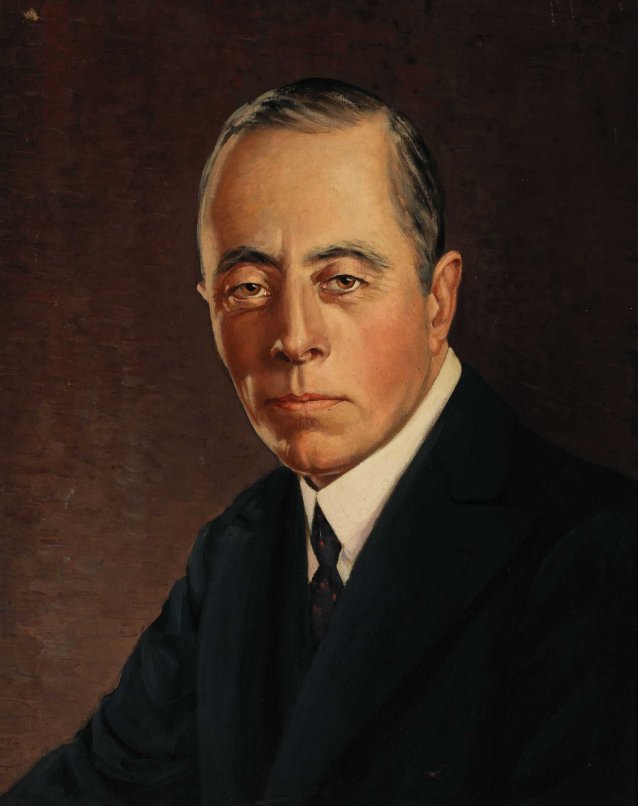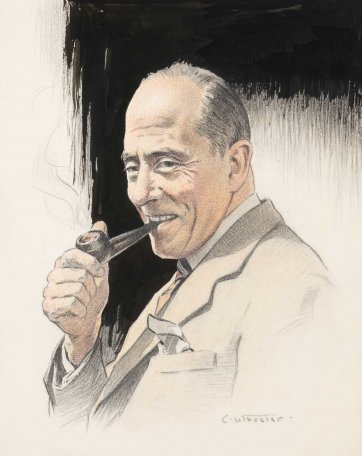Sir Ernest Fisk (1886–1965) was instrumental in the establishment of the radio industry in Australia. Born in Sunbury, Middlesex, Fisk began his career in the British Post Office and later studied at the Marconi Wireless Telegraphic Company training school in Liverpool. After qualifying as a radio engineer and operator, he worked for Marconi in North America before first visiting Australia in 1910. At that time, Australia was still dependent on underwater cables for contact with the rest of the world, prompting Fisk to return in 1911 to further promote and demonstrate the use of Marconi equipment. In 1913, Marconi and its German rival, Telefunken, combined to form Amalgamated Wireless (Australasia) Ltd, known as AWA, which gained exclusive rights throughout Australasia to the patents of the two companies’ equipment. A founding director, Fisk was AWA’s general and technical manager before becoming its managing director in 1917. Believing wireless to be ‘the greatest gift of science to Australia’, in 1918 he instigated the first wireless communication between Australia and Britain when a message from Prime Minister Billy Hughes in Wales was sent via a receiver installed at Fisk’s house in Sydney. In 1922, the Australian government commissioned AWA to implement a direct radio link with Britain. This began operation in April 1927, and the radio service between Australia and Canada commenced the following year. In 1930, AWA established an Empire radiotelephone service. Fisk was knighted in 1937. By the time he left the company in 1944, AWA was one of Australia’s largest and most successful companies, its operations including the manufacture of radios and broadcasting equipment and the ownership of commercial radio stations. After several years as managing director and chief executive of the Electrical and Musical Industries (His Master’s Voice) group in London, Fisk returned to Sydney, where he died in 1965. AWA’s Beam Wireless station at Ballan, Victoria, had been renamed Fiskville in his honour in 1933.
Collection: National Portrait Gallery
Gift of Mrs Jane Fisk 2012
The National Portrait Gallery respects the artistic and intellectual property rights of others. Works of art from the collection are reproduced as per the
Australian Copyright Act 1968 (Cth). The use of images of works from the collection may be restricted under the Act. Requests for a reproduction of a work of art can be made through a
Reproduction request. For further information please contact
NPG Copyright.

















